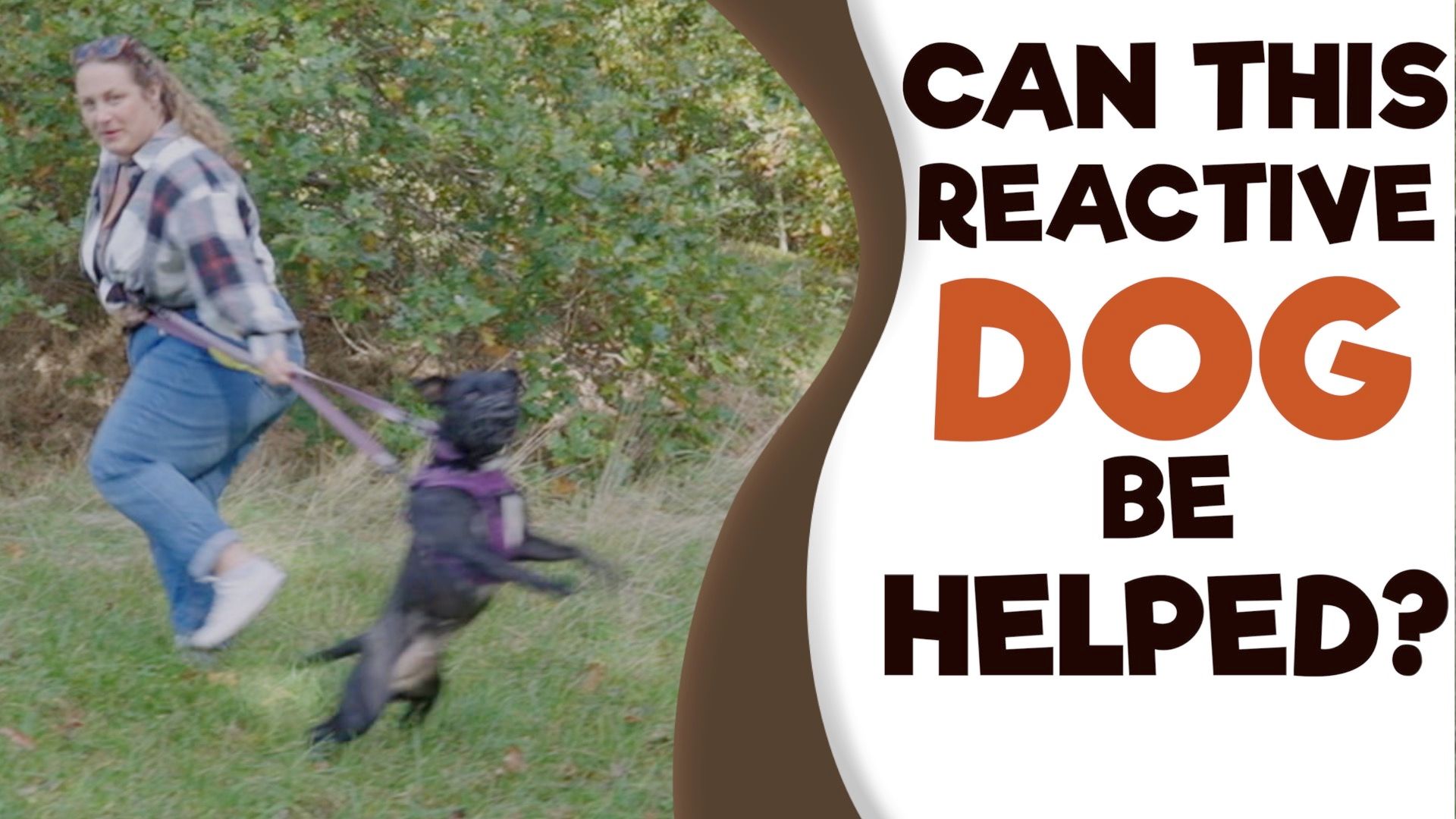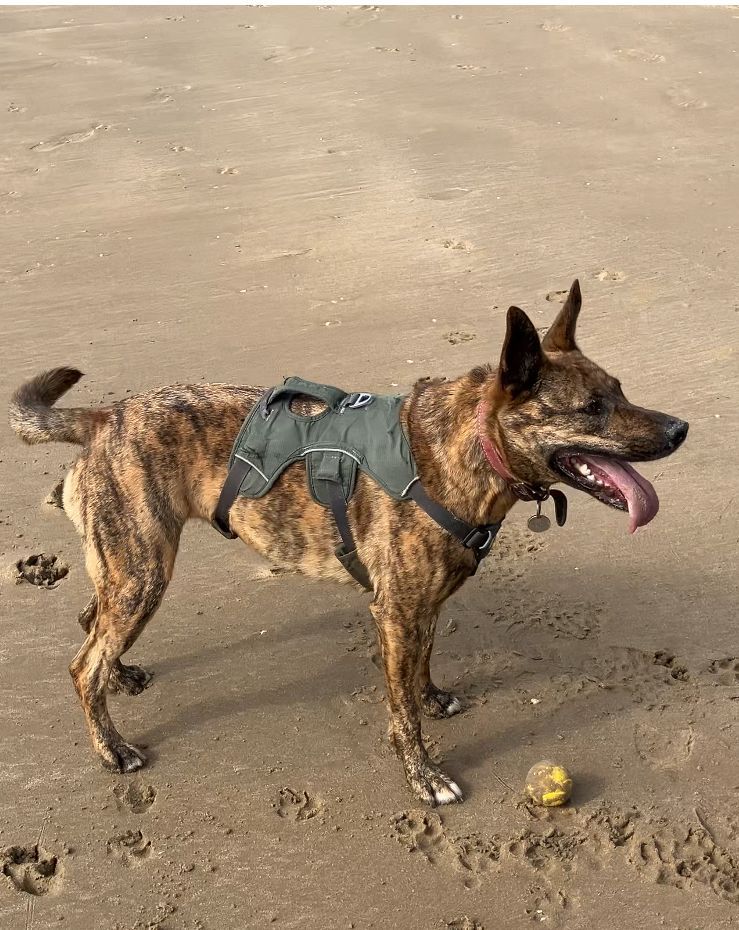How to address in-house dog aggression
Stress on both dogs and humans
Addressing in-house dog aggression is an extremely stressful situation for the guardian and the dogs' fighting. The dogs often don't feel safe in each other's company and will react in many ways to demonstrate their discomfort, sometimes ending up into a full blown fight, as they have nowhere to disperse and calm down.
This article offers practical advice for managing and addressing the aggression within your home, featuring a case study on two Labradors. For a more in-depth exploration and tailored guidance, our
online dog training courses provide extensive resources and expert instruction.
Key Strategies for Mitigating In-Home Dog Conflicts
- Strengthening Leadership and Structure: Learn the crucial role of establishing yourself as a consistent leader. Many problems arise when dogs fight for their owner's attention. If both dogs see you as leader they will understand you will give out attention when you decide and therefore not believe they are telling you what to do.
- Keep them apart: Once they have fought, their stress levels will be heightened and anticipating the next fight leading to agitated behaviour where they cannot properly rest. If you keep them apart for long enough, the memory of them fighting will fade.
- Reintroduction in stages: There will always be a place where they are comfortable with one another be that in another room where they can hear the other dog, or out on walks 5 meters apart. This will be your starting point. Then you can gradually get them closer over time, if they are comfortable.
Case Study
I was called by a client called Tony re his two Labradors, Max and Charlie. Max, the older of the two, had always been the more dominant dog, but as Charlie matured, he began to challenge this hierarchy, leading to tension and fights that disrupted the household's tranquility.
Initial Assessment and Observations
Upon my first visit, the signs of stress and anxiety were evident not just in Max and Charlie, but throughout their home. Both dogs exhibited signs of distress such as pacing, growling, and avoidance behaviours. Their owners, deeply committed to their pets' welfare, were understandably distressed by this sudden shift in dynamics.
Implementing a Structured Leadership Approach
The first step was to re-establish a sense of order and leadership within the household. This involved training sessions focused on reinforcing the owners' status as the decision makers and protectors. Simple commands and exercises were introduced to build respect and a bond between the dogs and their owners.
Zone-Based Management for Stress Reduction
To address the competition and human guarding that were fuelling the aggression, separate zones for feeding, playing, and resting were established but all was now done on the owner's terms. Max and Charlie were given their own spaces, equipped with their own beds, and feeding areas. This separation was crucial for reducing immediate tension and preventing further conflicts.
Gradual Reintroduction
With the household structure and individual needs addressed, the next phase involved the careful reintroduction of Max and Charlie under controlled and supervised conditions. Initial interactions were short and always positive on walks staying far apart but getting closer as they looked calm. They were in the front room separated by a divider with a blanket on it so they would be calm together but couldn't see each other. Over weeks, the blankets on the boundaries were removed, so they could see each other. On walks they were happy to interact so the last stage was to remove the boundary. At this point there were no issues.
Monitoring Progress and Adjusting Strategies
Throughout the reintroduction process, close monitoring was essential. If they hard stared one another they were put in timeout and the boundaries were brought back for another week.
A Harmonious Conclusion
After several months of consistent application of these strategies, Max and Charlie's relationship transformed. The aggression that once marked their interactions gave way to a calm coexistence, with moments of playfulness and mutual respect becoming the new norm. Their owners reported a significant improvement in the overall atmosphere of their home, reflecting the success of the tailored approach to managing in-house dog aggression.
This detailed journey of Max and Charlie from conflict to harmony underscores the effectiveness of structured leadership, time apart to calm, and careful reintroduction strategies in resolving in-house dog aggression. For those seeking more in-depth guidance, our online dog training courses offer extensive resources to navigate these challenges and more, providing dog owners with the tools needed to foster peace and stability in their homes.
Please find a video below for a before and after transformation.




